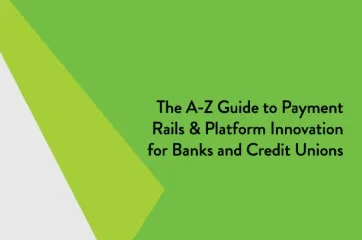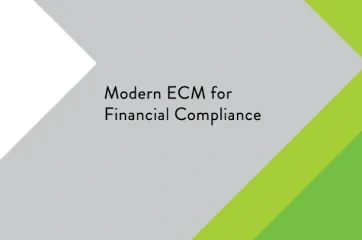Retail Lockbox
A retail lockbox is designed for businesses that deal with high volumes of consumer payments, such as utilities, credit card companies, and subscription-based services. The service ensures timely and secure processing of payments made via checks, money orders, or other paper-based methods.
Target Clients
Commonly used by businesses that receive payments from individual consumers (B2C), including utility companies, healthcare providers, and telecom services.
For example, a utility provider that supplies services like electricity, gas, or water to residential and commercial customers would benefit greatly from retail lockbox services. These businesses often receive payments from thousands of individual customers, and using a retail lockbox enables the company to streamline payment collection and reduce administrative burdens. Payments are sent to a secure lockbox operated by the bank or credit union, where they are processed and deposited directly into the business’s account. The financial institution also provides the business with remittance information, making it easier to apply payments to the correct accounts and reconcile records.
Similarly, a telecommunications service provider offering internet, cable, or phone services would also use retail lockbox services to process payments from individual customers. This service ensures that payments are processed quickly and accurately, improving cash flow and reducing the time spent on manual handling of payments.
Common Payment Types
Checks, money orders, and other paper-based payment methods.
Service Features
- Payments are sent to a designated lockbox address operated by the bank or credit union.
- The financial institution processes payments and deposits the funds into the business’s account.
- Remittance details such as account numbers, payment amounts, and other necessary information are provided in digital format for easy posting.
- Handling of high volumes of small-dollar payments from individual customers.
- Automated sorting and batching of payments for efficient processing.
Benefits of Retail Lockboxes
- Accelerates payment processing, reducing the time it takes to receive and deposit payments.
- Reduces the risk of errors by automating payment posting and reconciliation.
- Streamlines customer service by ensuring quicker payment application and reducing billing discrepancies.
- Lower administrative costs by minimizing manual labor involved in processing consumer checks.







